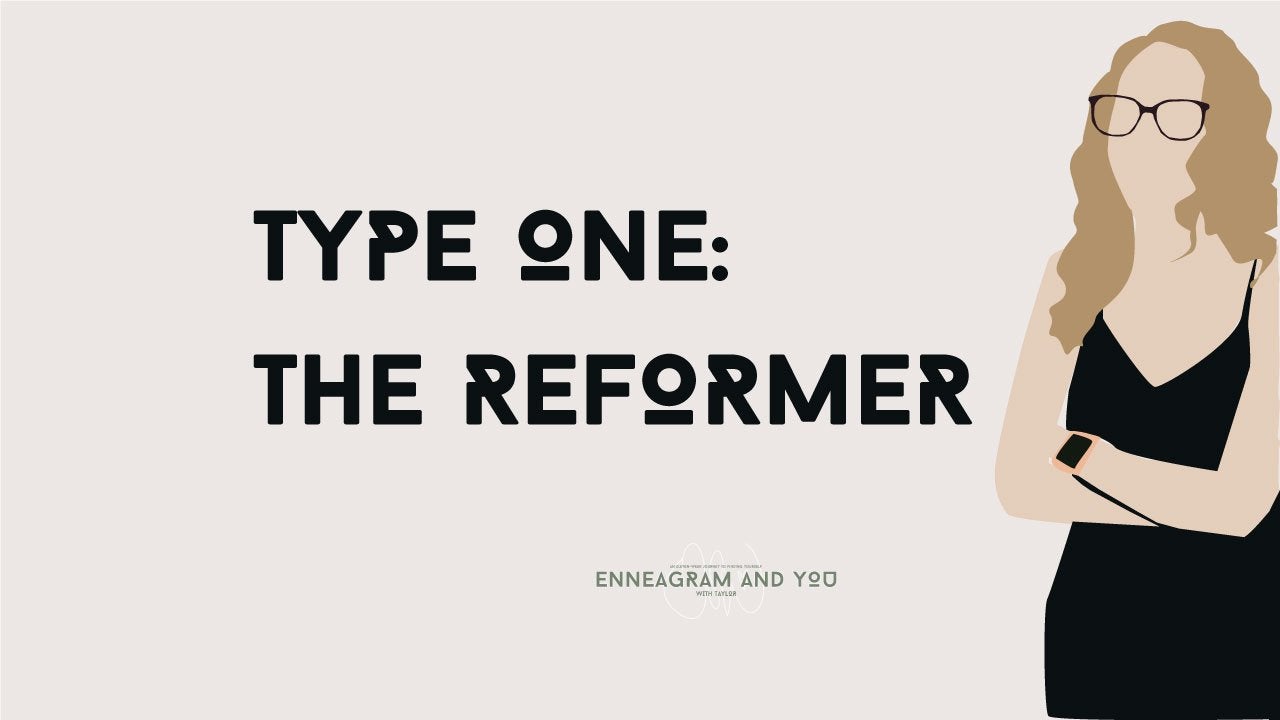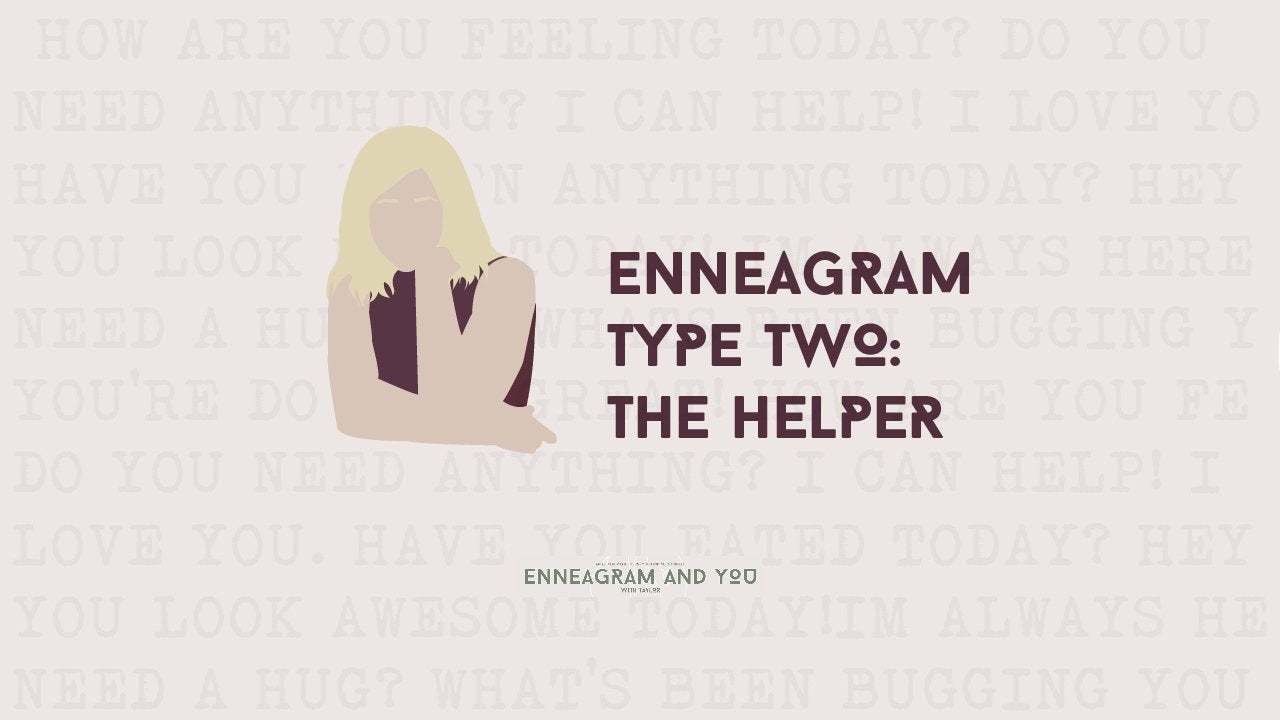One day as I was mindlessly scrolling through Tik Tok, I stumbled across something called an enneagram. Intrigued, I then spent the next hour and a half delving deep into the origin of the enneagram and what each type means. Now, I’m kind of obsessed with them, and I figured I would share my fascination with the HerCampus community.
For those who don’t know, the enneagram is a sliding scale of 9 personality types. Each personality is distinct: it has basic fears, desires, and motivations that influence the worldview and behavior of people that fall into that type. (If anyone’s interested, I’m a type 4). According to the proponents of the enneagram, you don’t change personality types as you get older; instead, you come out of childhood with a distinct type, all of which have positive and negative traits that each person who falls into that type must grapple with. There are more complex aspects of enneagrams I could discuss, but for now, I thought it would be fun to share the nine types, and maybe you’ll figure out which type you fit into. While most people who subscribe to the enneagram believe that you have to learn about each type yourself and then decide which you identify with, I did provide a quiz here that you can take to get started. Now, let’s dive in.
Type 1: The Reformer

Type 1 is known as the “reformer.” They’re a rational, idealistic type and tend to be purposeful, controlled, and perfectionistic. Type 1’s are motivated by a desire to be right, striving to be better, improving things in general, being consistent with their ideals, justifying themselves, and being so beyond criticism that they can’t be condemned by anyone. Their basic desire is to be good, balanced, and to have integrity, while their basic fear is being evil or defective. Type 1’s are conscientious and ethical, with a strong sense of right and wrong. They’re well-organized and meticulous, but tend to be scared of making mistakes. In their efforts to maintain high standards, they can slip into perfectionism and can become highly critical. They also tend to have problems with impatience and resentment.
Type 2: The Helper

Type 2 is the caring, interpersonal type. They’re demonstrative, generous, people-pleasing, and possessive. Type 2’s want to be loved, express their feelings for others, be needed and appreciated, get others to respond to them and to vindicate their claims about themselves. Their basic fear is being unwanted or unworthy of love, while their basic desire is to feel loved. Type 2’s are empathetic, sincere, warmhearted, friendly, generous, and self-sacrificing. However, they have problems with possessiveness and acknowledging their own needs.
Type 3: The Achiever
Type 3 is the success-oriented, pragmatic type. They’re adaptable, excelling, driven, and image conscious. They’re motivated by wanting to be affirmed, distinguish themselves from others, getting attention, being admired, and impressing others. Their basic fear is being worthless while their basic desire is to feel valuable. Type 3’s are self-assured, attractive, charming, and ambitious, but can be status conscious and highly driven for advancement. They’re competent, energetic, diplomatic and poised, but can be overly concerned with how others perceive them. They tend to have problems with workaholism and competitiveness.
Type 4: The Individualist
Type 4 is the sensitive, introspective type. They tend to be expressive, dramatic, self-absorbed, and temperamental. They’re motivated by expressing themselves and their individuality, as well as creating and surrounding themselves with beauty, maintaining certain moods and feelings, withdrawing to protect their self-image, taking care of their emotional needs before anything else, and attracting a rescuer. Their basic fear is that they have no identity or personal significance and their basic desire is to find their significance and to create an identity. Type 4’s are self-aware, sensitive, and reserved, but moody and self conscious. They’re emotionally honest, creative, and personal, but they may withhold from others due to feeling vulnerable and defective. They also may tend to feel disdainful for ordinary ways of living. Type 4’s tend to have problems with melancholy, self-indulgence, and self-pity.
Type 5: The Investigator

Type 5 is the intense, cerebral type. They’re perceptive, innovative, secretive, and isolated. They’re motivated by a desire to possess knowledge, understand their environment, and to have everything figured out as a way to defend themselves from threats in their environment. Their basic fear is to be useless, helpless, or incapable, while their basic desire is to be competent and capable. Type 5’s are alert, insightful, and curious. They concentrate and focus on developing complex ideas and skills. They’re independent, innovative, and inventive. They can become preoccupied with their thoughts and imaginary constructs, detached, high-strung, and intense. They tend to have problems with eccentricity, nihilism, and isolation.
Type 6: The Loyalist
Type 6 is the committed, security-oriented type. They’re engaging, responsible, anxious, and suspicious. They’re motivated by a desire for security, feeling supported by others, having certitude and reassurance, to test the attitudes of others towards them, and to fight anxiety and insecurity. Their basic fear is to be without support or guidance, while their basic desire is to have security and support. Type 6’s are reliable, hard-working, and responsible; however, they can also be cautious, indecisive, reactive and defiant, and rebellious. They tend to be trustworthy, good troubleshooters, and they have a knack to foresee problems and foster cooperation, but they’re also defensive, evasive, and can be anxious. They have problems with self-doubt and suspicion
Type 7: The Enthusiast
Type 7’s are the busy, variety seeking type. They’re spontaneous, versatile, acquisitive, and scattered. They’re motivated by a desire to maintain their freedom and happiness, avoiding missing out on worthwhile experiences, keeping themselves excited and occupied, as well as avoiding pain. Their basic fear is being deprived and in pain, while their basic desire is to be satisfied and content. Type 7’s are extraverted, playful, and high-spirited, but they may misapply their talents and become distracted and exhausted by staying on the go, constantly. They always seek new and exciting experiences, but may become over-extended, scattered, and undisciplined. Type 7’s tend to have problems with impulsiveness and impatience.
Type 8: The Challenger
Type 8 is the powerful, domineering type. They’re self-confident, decisive, willful, and confrontational. They’re motivated by a desire to be self-reliant, to prove their strength, resist weakness, be important in the world, dominate their environment, and to stay in control. Their basic fear is being harmed or controlled by others while their basic desire is to protect themselves and to be in control. Type 8’s are protective, resourceful and decisive, but can be ego-centric and domineering. They’re also straight-talking, but can be confrontational and intimidating. They have problems with their temper and allowing themselves to be vulnerable.
Type 9: The Peacemaker
Type 9 is the easy-going, self-effacing type. They’re receptive, reassuring, agreeable, and complacent. They’re motivated by a desire to create harmony in their environment, avoid conflicts and tension, preserve things as they are, and resist whatever could upset or disturb them. Their basic fear is loss and separation, while their key desire is to have inner stability and peace of mind. Type 9’s are accepting, trusting, and stable, but this can make them too willing to go along with others to keep the peace. And while they can be optimistic and supportive, they can also be complacent and minimize anything too upsetting, as well as simplify problems. They have problems with inertia and stubbornness.
Learning your enneagram type might seem like a fun distraction from the struggles that accompany going to school during a pandemic, and don’t get me wrong, it is, but for me, it was actively helpful. After learning more about my type, I started to notice unhealthy thinking and behavior patterns that I tend to repeat when I’m stressed or struggling in some way. Learning about my enneagram type led to more self-reflection on my part, and an open examination of habits that I want to change. And, during times like these, who doesn’t need that?


